Many consider the first Tekken game to be Playstation’s answer to Virtua Fighter, nevertheless the relationship between the two games goes further, since at the beginning of the 90s, the development team lead by Seiichi Ishii wanted to go deeper into the 3D graphics technology thanks to the developing of the texture mapping, a technique that had been applied to the Ridge Racer game, that later they decided to use for the render of polygonal characters’ models.
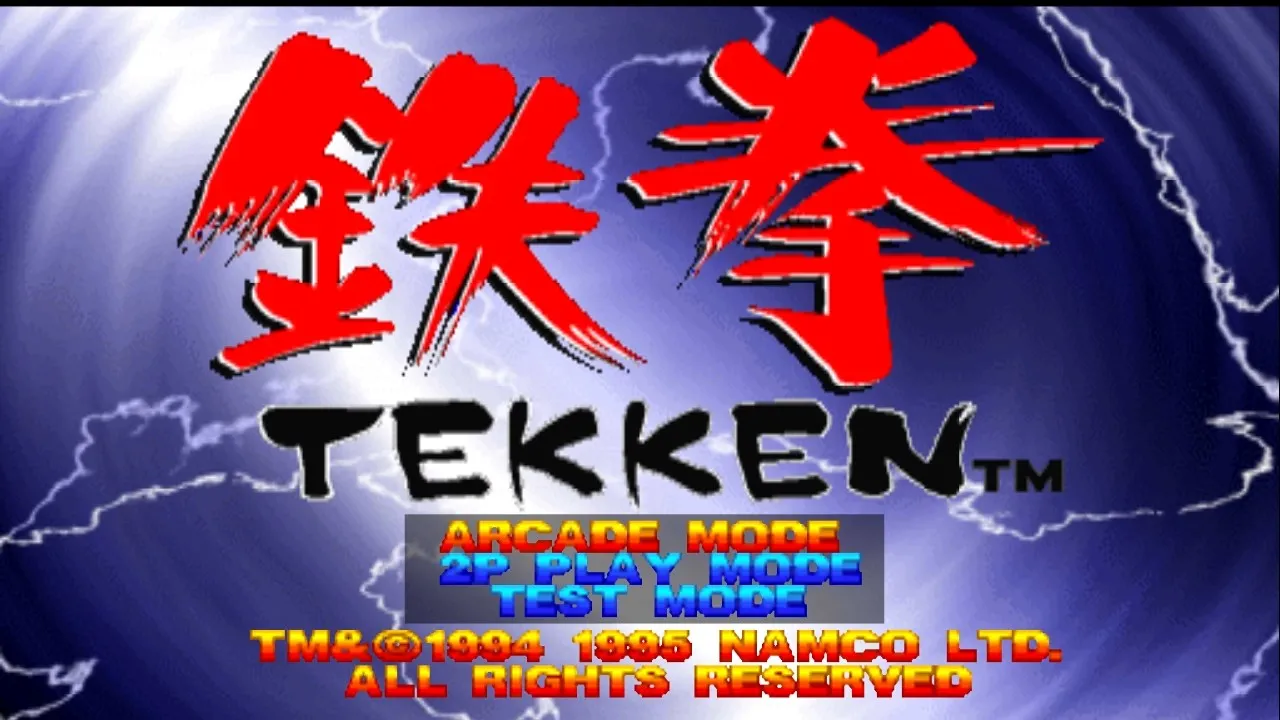
That’s why in 1994, various ex-members of Sega came into the lines of Namco, they had previously developed the already mentioned Virtua Fighter, and this meant that their new project was going to be a fighting game as well. Seiichi Ishii, the designer of that Sega Arcade became the director of Rave War (an unattractive name if you ask me) which later was changed to Tekken in its final development stage.
Anyway, the Project didn’t take long into finding its own identity, since this game from Namco was going to be more fluid than Virtua Fighter, and it would also have more detailed textures and a more appealing cast of fighters, both in appearance and personality. In a fighting game the controls are a very important factor, and in that aspect, Tekken managed to stand out as well.
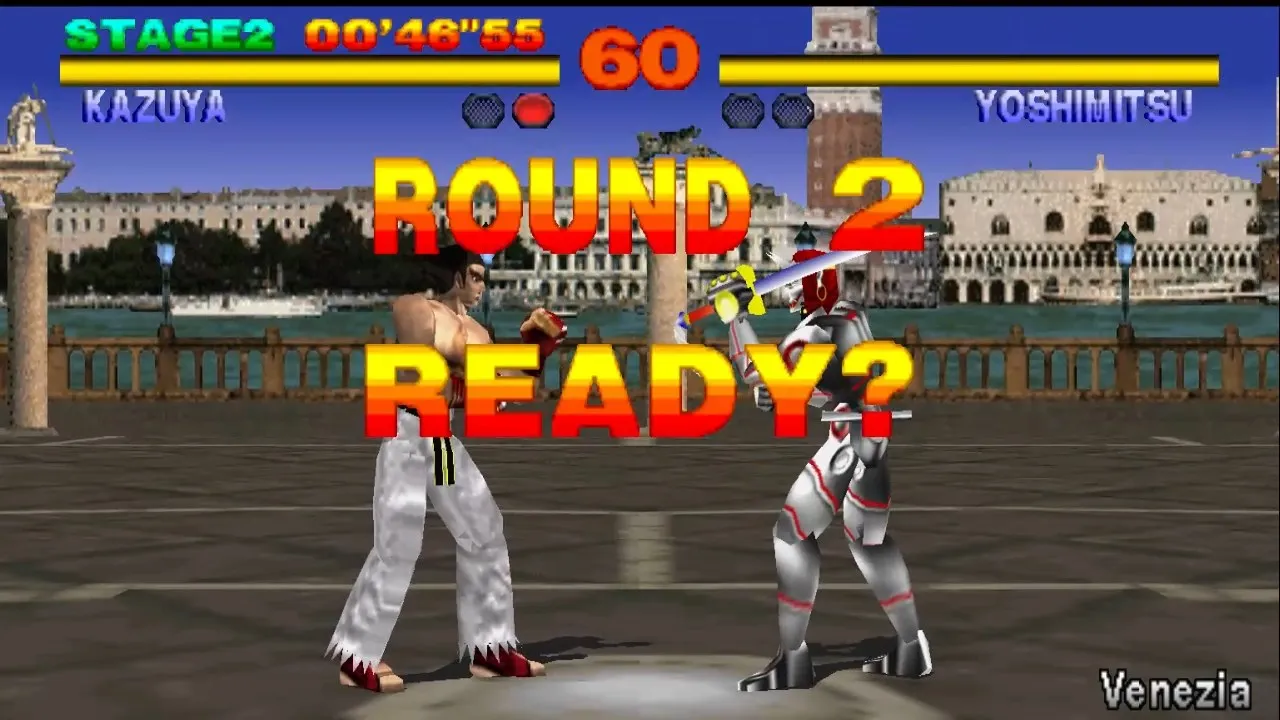
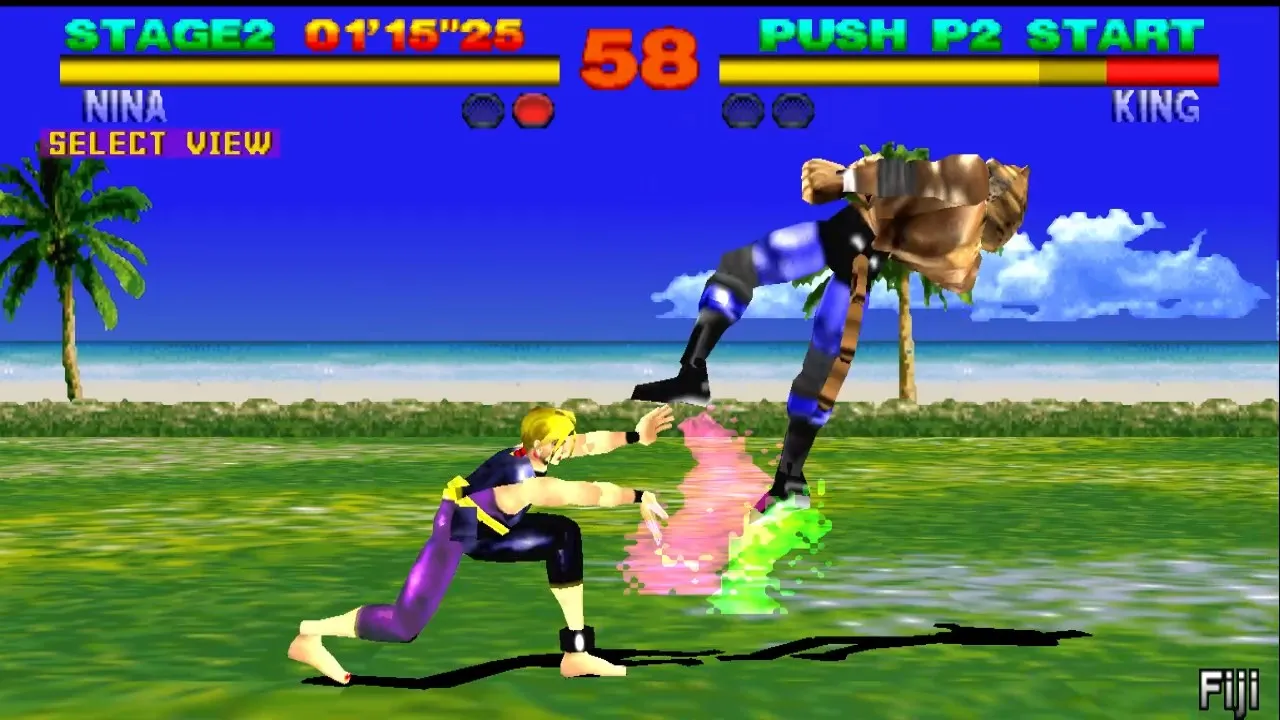
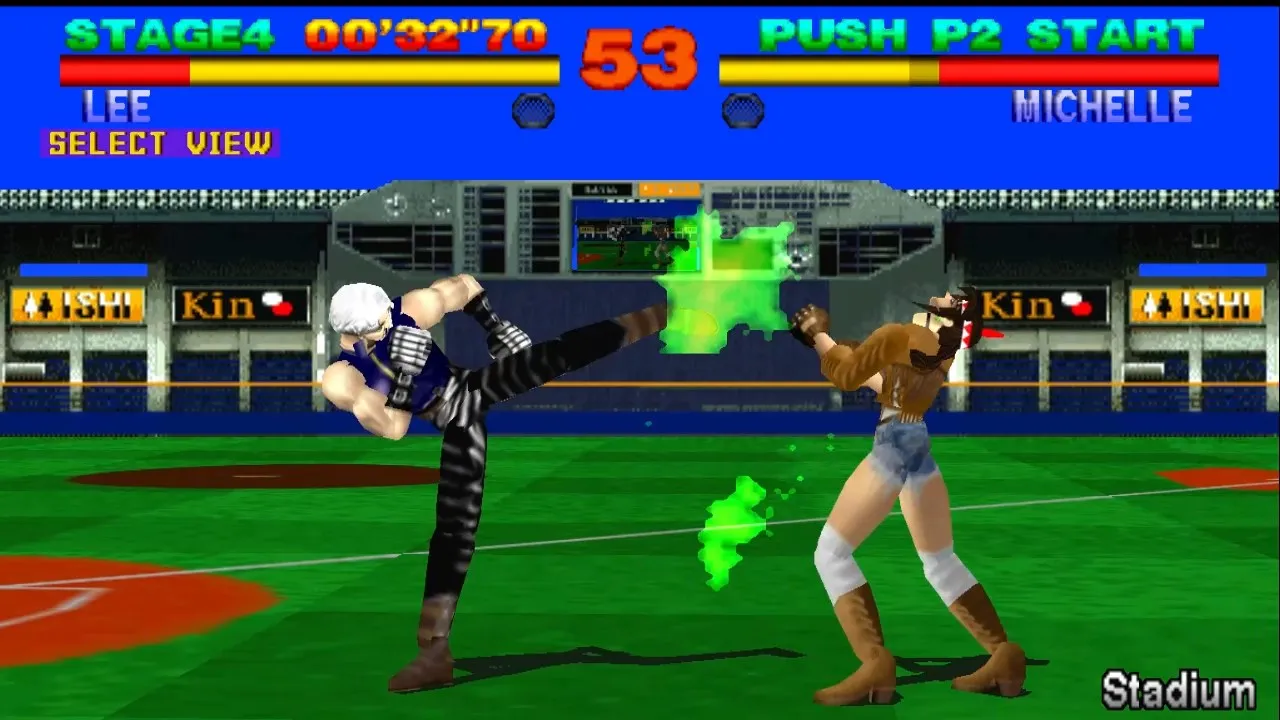
A button was assigned to each limb, to create intuitive movement. Like this, players could pay attention to the movements of the characters on the screen and know how to reproduce their attacks, at once. This game also rewarded rhythm over speed and technique over risk.
It also worth noticing that Tekken did not have the option of falling outside of the fighting ring, like in Virtua Fighther or Soulcalibur. The sceneries in this game were designed in a way that had no limits or obstacles, the sceneries rotated while simulating a depth effect. Besides in these backgrounds we were always shown our location, in fact the backgrounds were based on real life locations like Kyoto, Venice or Chicago.
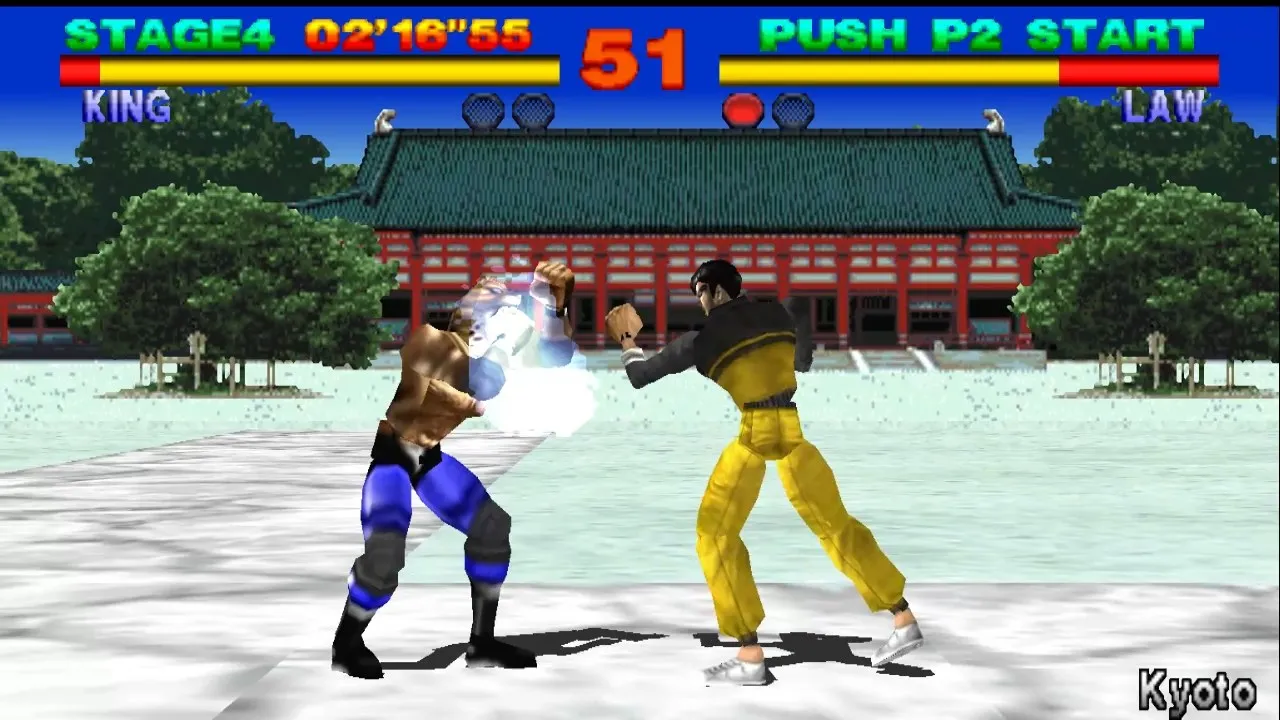
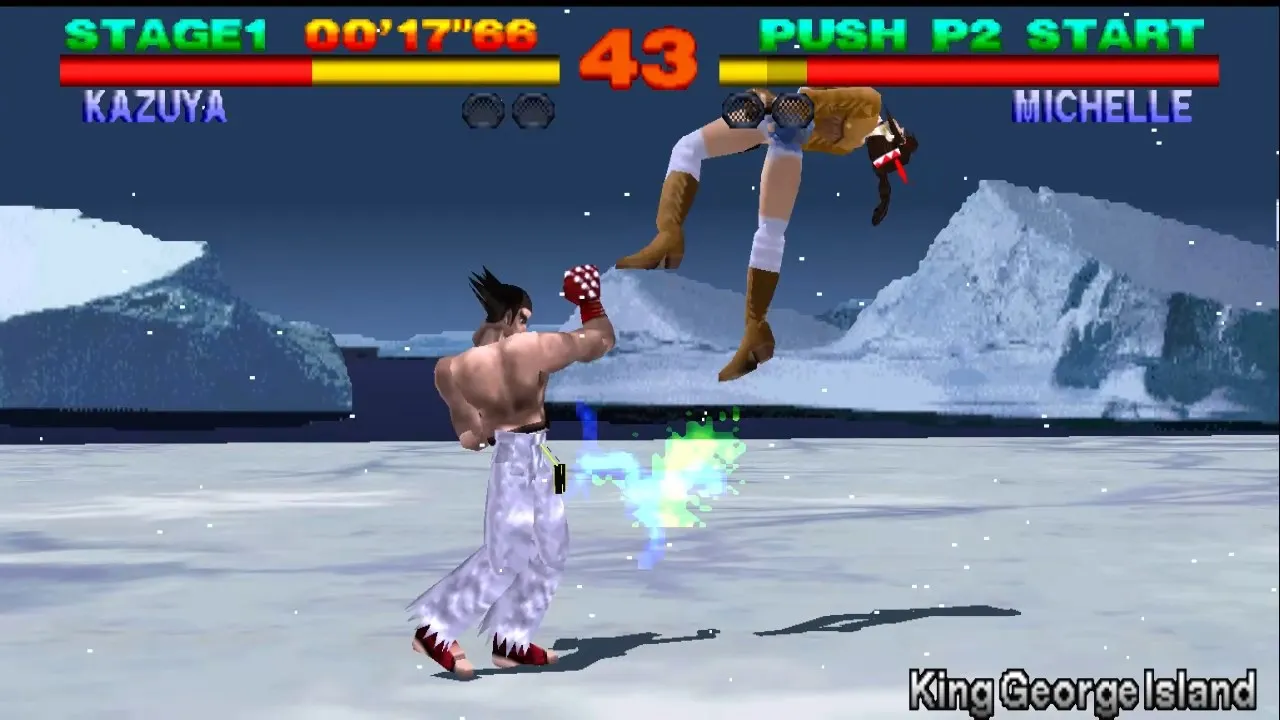
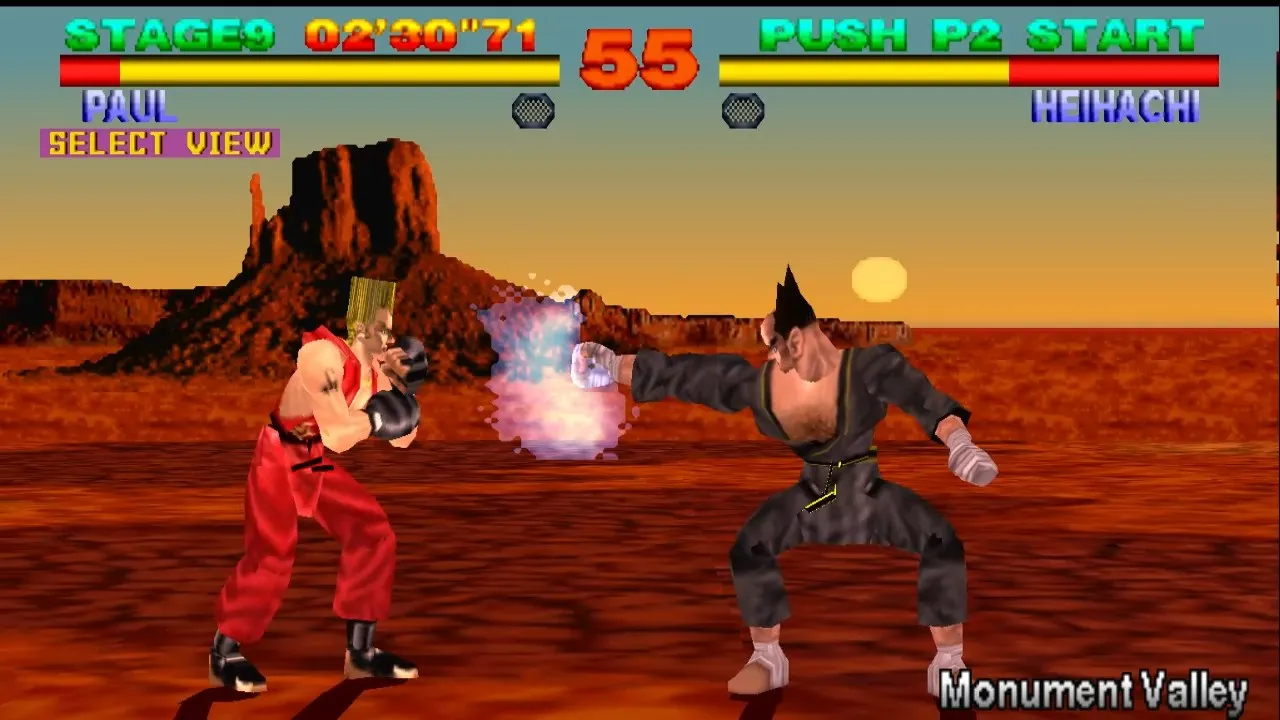
When the game was finally released, it reached Arcades at the end of 1994, it received varied reviews by the players in Japan but it was better received in other countries. It was a lucky thing that these types of contradicting opinions were not a thing for the PS1 release, that version was unanimously well received thanks to its innovations.
The most charming one worked as a way to make the loading times more pleasant with Galaga, the game from Namco where you kill aliens, it was a mini game that allowed the access to the character Devil, and besides this warrior other ten fighters could be unlocked when finishing the game. There were a total of 18 characters and each one had their own final cutscene, these sequences helped created iconic moments, like the one where Kazuya throws Heihachi’s body from a ravine.
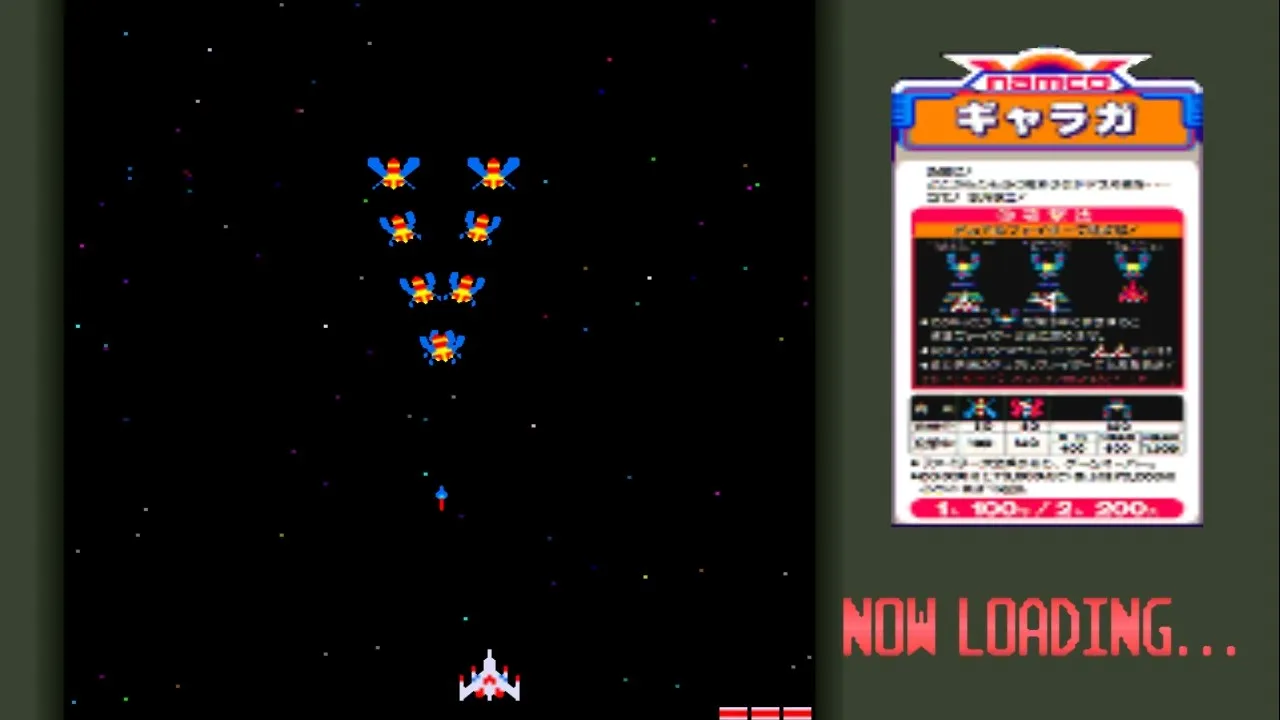
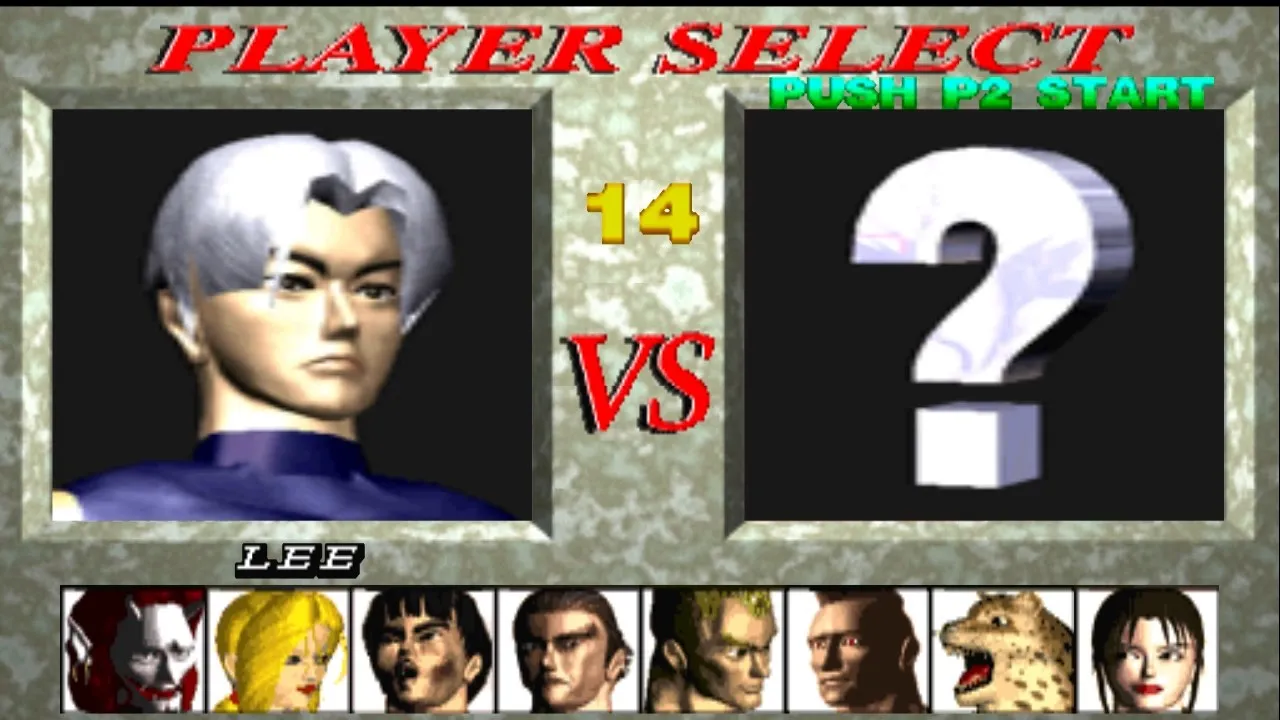
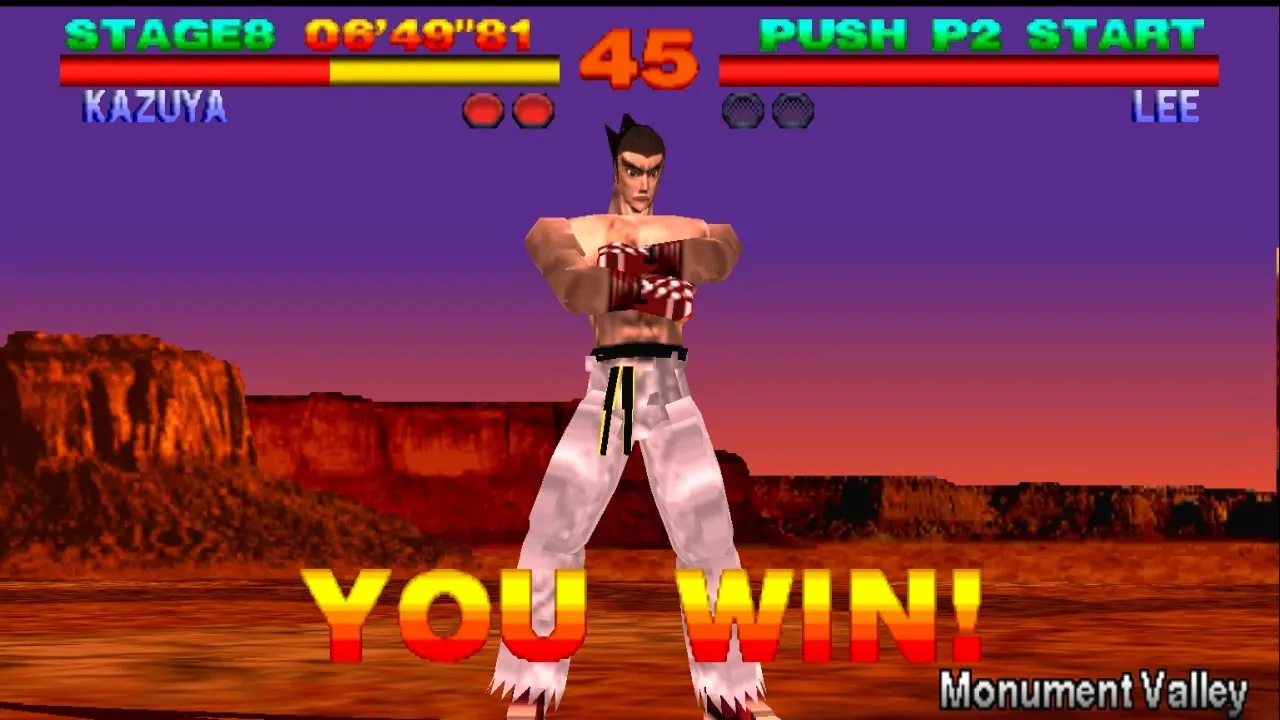
And this is how everything came together to create a successful game. Besides, this marked the beginning of a new saga that became a referent in the fighting game genre throughout that generation and the following ones.